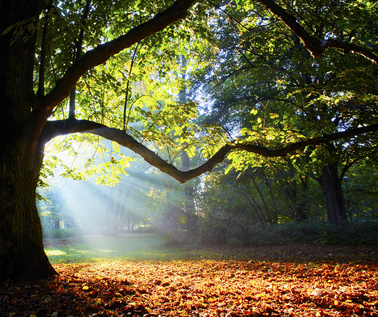Real wood veneers are an environmentally sound and highly attractive way to use natural timbers to stunning effect. In this post we are taking a look at how real wood veneers are produced. It’s a very interesting process!
Parts of the Tree
There are four key parts of a tree that are used to produce wood veneers. Firstly, the trunk. This starts just a little higher than the stump and extends upwards towards the crotch (where the branches start). When the trunk is quarter, flat or rotary cut, the resulting veneers are long in style and effectively show off the grain.
The point where the trunk branches off is called the crotch. Veneers cut from this part of the tree display beautiful swirls and flame-effect features.
The stump of the tree cuts to twisting, swirling effects and, where there are knobbly growths protruding known as burls, these can be used to achieve amazing results that resemble eyes. Whilst these burls can be tricky to manipulate, a good veneer woodworking company will be able to attain superb patterns.
Log Choice, Cutting & Matching
Decorative wood veneers are produced from carefully selected logs, chosen for their suitability in size, rate of growth and visual features including burls, knots and colour. The choice of veneer cutting method plays a crucial role in the final product’s appeal and usability, as does the way the veneer leaves are matched.
Most real wood veneers are cut from hardwood trees. Softwoods are sometimes used for their more decorative appeal. There is extensive choice when it comes to timbers. Running through the entire shade and colour spectrum, you will find everything from subtle through to highly detailed, eye-catching effects. You can take a look through some of the many hundreds of species here and of course if you would like advice on the best type of timber, cutting and matching method, you can call upon our expertise.
At Read Veneers we personally select and offer an extensive range of the highest quality architectural veneers including exotic and unusual species as well as the more popular varieties. Our long term experience allows us to be at your disposal for helpful advice and recommendations on style and choice of veneer. For assistance, please get in touch.


